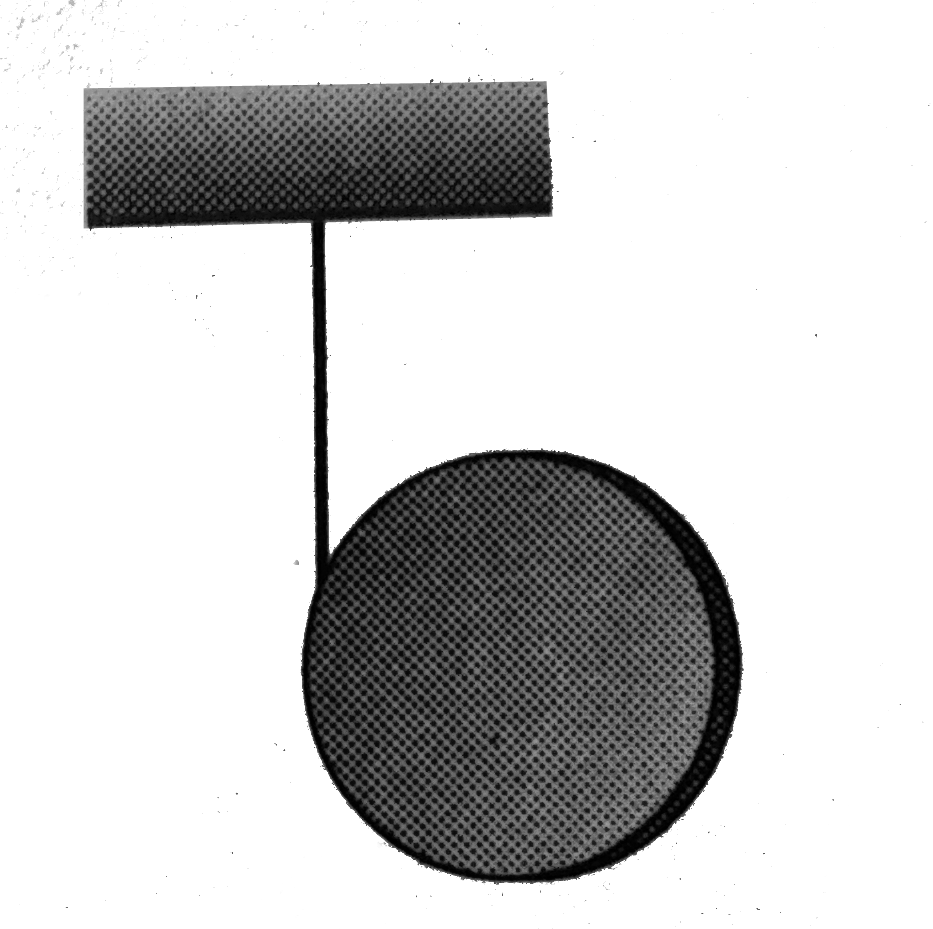Text Solution
Verified by Experts
|
Topper's Solved these Questions
ROTATIONAL MECHANICS
DC PANDEY|Exercise Solved Example|1 VideosView PlaylistROTATIONAL MECHANICS
DC PANDEY|Exercise Exercise 12.1|10 VideosView PlaylistROTATIONAL MECHANICS
DC PANDEY|Exercise Solved Examples|25 VideosView PlaylistROTATION
DC PANDEY|Exercise (C) Chapter Exercises|39 VideosView PlaylistROTATIONAL MOTION
DC PANDEY|Exercise Integer Type Questions|17 VideosView Playlist
Similar Questions
Explore conceptually related problems
Knowledge Check
A
B
C
D
Submit
A
B
C
D
Submit
Similar Questions
Explore conceptually related problems



